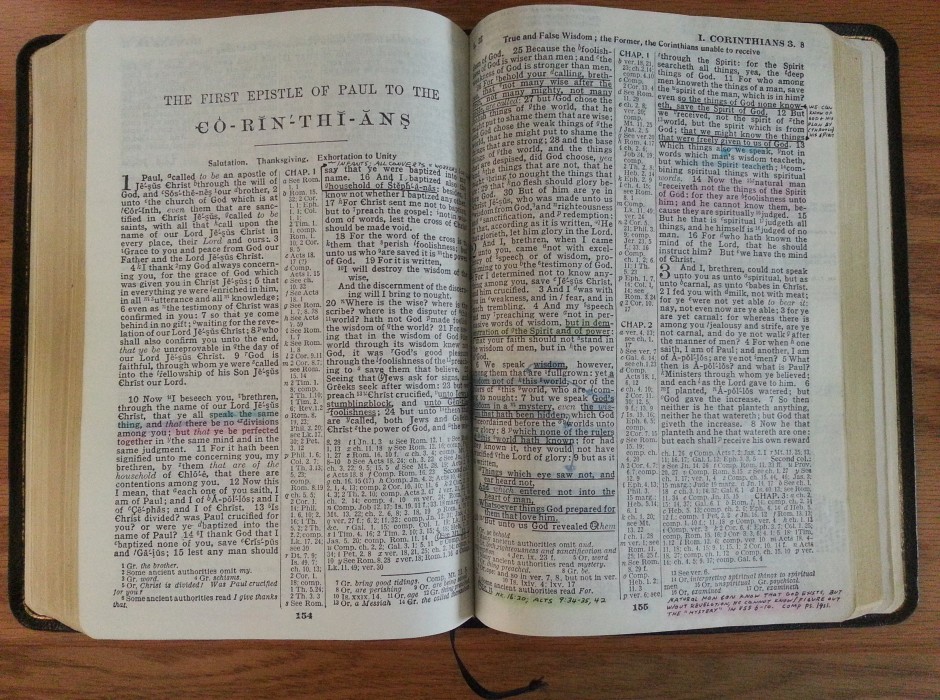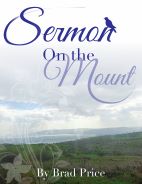Baptism is one of the most controversial topics among those who call themselves Christians. Disagreements appear over the purpose (why we do it), mode (how we do it), and result (what it accomplishes). Over the next few articles, we will examine what the Scriptures teach about this vital practice.
The Law of Moses commanded ceremonial washings for specific circumstances; many of these related to ritual uncleanness. Coming home from the attack against Midian, the children of Israel were told to purify their spoils and wash their clothes (Numbers 31:20–24). Numbers 19 provides a lye soap recipe, called “water of purification,” which the Israelites were to use after touching a dead body. The priests were to wash their hands and feet in the bronze sea (laver) before approaching the altar (Exodus 30:20–21). Lepers who had been declared clean were to shave, wash their clothes, and bathe their bodies before returning to the populace (Leviticus 14:8–9).
None of these cleansings provides an exact parallel for the practice that appears in the New Testament. They do, however, provide points of contrast with the teachings of Jesus’ forerunner, John, and later of the apostles.
The word translated baptism came into English through its use in the immensely popular King James Version. Properly speaking, “baptism” is not a translation, but a transliteration of the Greek word baptisma, which means “dipping” or “washing.” In the New Testament, the verb, baptizó, appears much more frequently than the noun. It means to dip, submerge, or plunge, that is to immerse.
Mark 1:4 says, “John appeared, baptizing in the wilderness and proclaiming a baptism of repentance for the forgiveness of sins.” Students of Scripture have noted that neither the Old Testament nor Jewish tradition demonstrate any kind of ceremonial washing performed by one person upon another until John. It may be for this reason that he received the name “the Baptist,” or probably better translated, “the Immerser” (cf. Matthew 3:1). This shift from washing oneself to being immersed by another informs our understanding of the distinctions that exist between life under the Law of Moses and under the New Covenant.
In the next articles, we will discuss the mode, purpose and result of immersion (baptism) as it is presented in the New Testament. Throughout this study, we must take care to allow God in His Word to speak, for He alone has the right to assign meaning to this practice.
Clay Leonard

